The Best Exercises for Rheumatoid Arthritis
Use these moves to ease pain and boost energy.
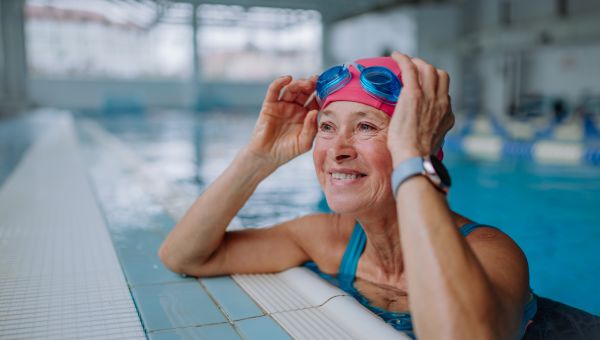
If you're struggling with stiff joints and sore muscles, exercise seems out of the question. But research suggests a little movement can go a long way for people with rheumatoid arthritis (RA). Regular physical activity can actually boost energy, reduce stress, soothe sore joints and even help you sleep better at night. Every person with RA experiences different levels of pain, so listen to your body. Focus on low-impact activities and go at your own pace. Consider these RA-friendly exercises and consult your doctor or physical therapist to create a workout plan that's right for you.
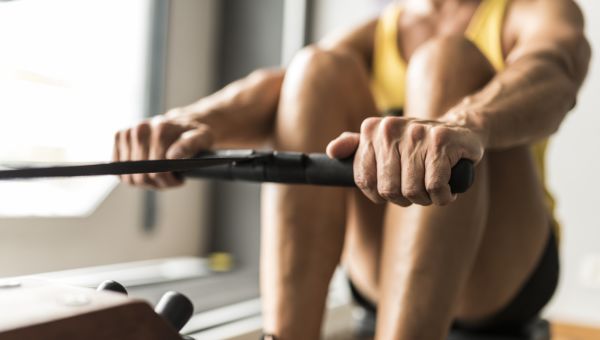
Kick Up Your Cardio
Cardio or aerobic exercise is any workout that raises your heart rate. It's a great way to boost heart health and control your weight, which means less stress on your joints. Get your blood pumping with low-impact aerobic workouts such as walking, rowing or biking. These exercises put less pressure on your joints, but still give you a great workout. Less fatigue, swelling and joint pain are some of the perks. Start slowly with 15-minute workouts and build up to 30- or 40-minutes a few times a week if you can. Avoid high-impact cardio such as running, tennis or team sports. If you're taking meds for blood pressure, ask your doctor to determine your ideal heart rate.
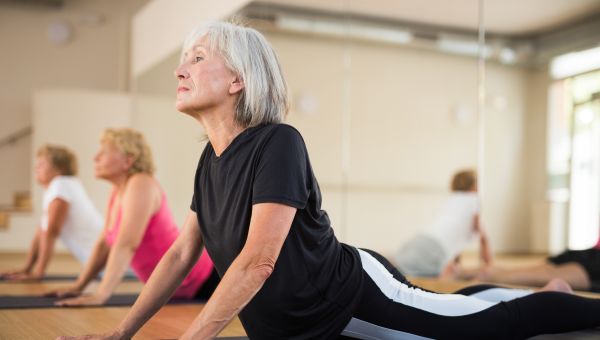
Restore Your Range of Motion
Exercises that move joints gently through their entire range of motion can prevent stiffness and improve joint function. Try simple stretches for different joint and muscle groups, and hold for 10 to 30 seconds each. For a more structured and complete workout, practice yoga. One study found people with RA who practiced yoga for eight weeks had fewer swollen joints than before. Yoga, which literally means "to yoke" or bring together, aims to unite your mind, body and spirit through various poses. Don't worry if you can't do all of the poses. Work with a yoga instructor to modify moves and focus on being pain-free. Start slowly with to build your endurance and flexibility over time.
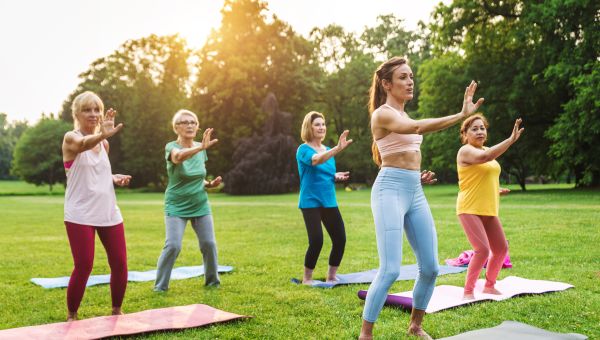
Go With the Flow
Tai chi and chi-gong (qigong) are ancient Chinese mind-body practices that focus on energy flow and balance—tai chi is a type of chi-gong. Both are low-impact forms of exercise made up of self-paced movements, breathing exercises and meditation. People with RA who practice chi-gong may have less joint tenderness and pain. Tai chi can improve your range of motion. Together these exercises can also fight fatigue, improve balance and increase flexibility. Ask your doctor how tai chi and chi-gong can fit into your overall treatment plan.
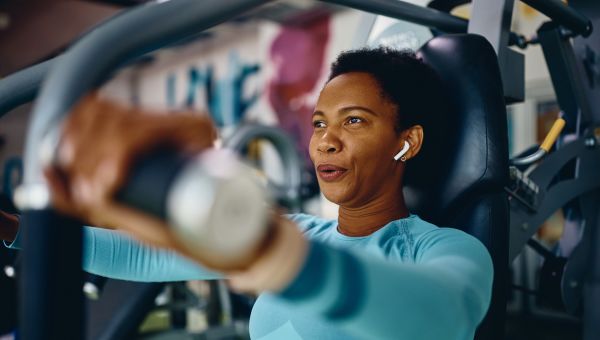
Build Your Strength
Muscle weakness is common for people with RA, but you're not doomed to stay weak. Strength training can help you counter muscle loss and live healthier with RA. Strength training is any type of exercise that uses resistance to build muscle strength. Evidence suggests weight lifting may help people with RA reduce swelling, stiffness and pain. This doesn't mean you should hit the bench press. Avoid heavy weightlifting and start with light weights instead. As you get stronger, try other gentle resistance exercises using bands or your body weight. Be careful not to do too much too soon. Work with a trainer or your healthcare team to build the best strength training plan for your needs.
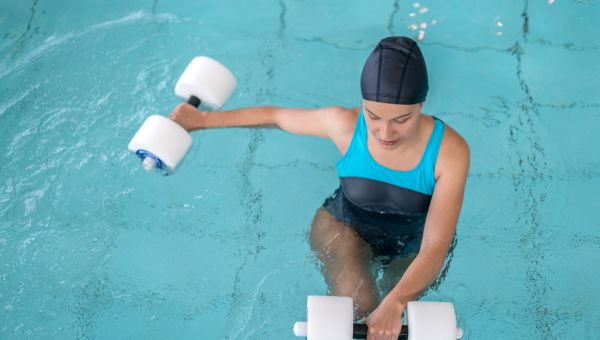
Take the Plunge
Hydrotherapy, also known as aquatherapy or water therapy, is a very effective way to decrease joint pain and stiffness. Water-based exercises, including swimming, reduce some of the weight on painful joints, and can help you build muscle, improve cardio and increase range-of-motion. Boost your underwater benefits by heading to warm waters. Research suggests warm water can decrease swelling and improve mobility. It can also increase blood flow and release tension associated with RA.
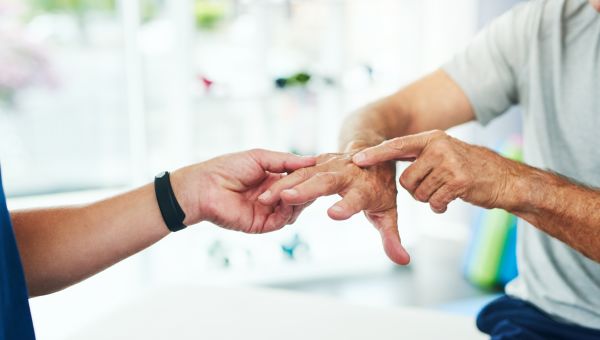
Give Yourself a Hand
RA can cause severe manual dexterity problems. Work with a rheumatologist or occupational therapist to learn hand exercises that increase range of motion, flexibility, and strength. One helpful hand exercise is called a finger bend. Start by making a tight fist. Then open and relax your hand. You can repeat this exercise multiple times on each hand. Another useful hand workout is called finger-to-thumb touches. It works exactly as it sounds. One at a time, touch each finger to the pad of your thumb. Repeat these exercises with the opposite hand. Hand exercises can protect your joints and keep them limber. Certain moves may not be suitable depending on your level of pain.
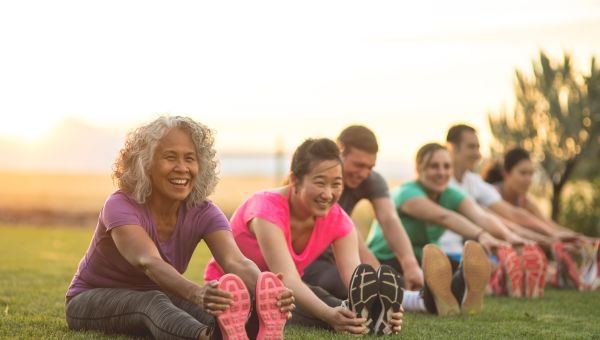
Find a Workout Group
Exercise with others who have RA. The Arthritis Foundation has several activity programs approved by the Centers for Disease Control and Prevention. The Arthritis Foundation Exercise Program (AFEP) is a community-based exercise program that covers range-of-motion and endurance-building activities. The program also covers relaxation techniques and health education topics. Active Living Everyday (ALED) is a group-based program that helps sedentary people get and stay active, while the Arthritis Foundation Aquatic Program (AFAP) is a water exercise program designed to improve flexibility, endurance, strength and daily function. Walk with Ease (WWE) is a community-based, group walking program.

Remember to Rest with RA
Rest and relaxation go hand-in-hand with exercise. Make time to rest before and after workouts. Rest can help you fight fatigue and manage RA symptoms. Rest is especially important if you're experiencing flares. Remember to be as active as possible when you're feeling good, and to take it easy when you're in pain. Exercise is a critical part of living healthy with RA, so do what you can to be as active as possible each day.
More On


video
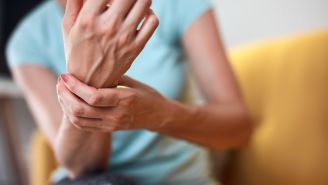
article

slideshow


video


video
